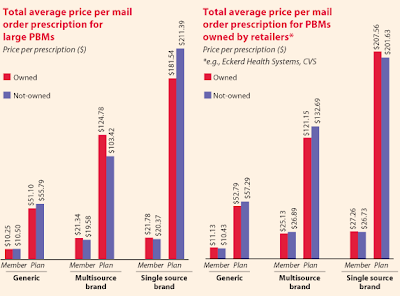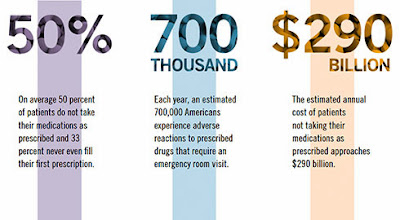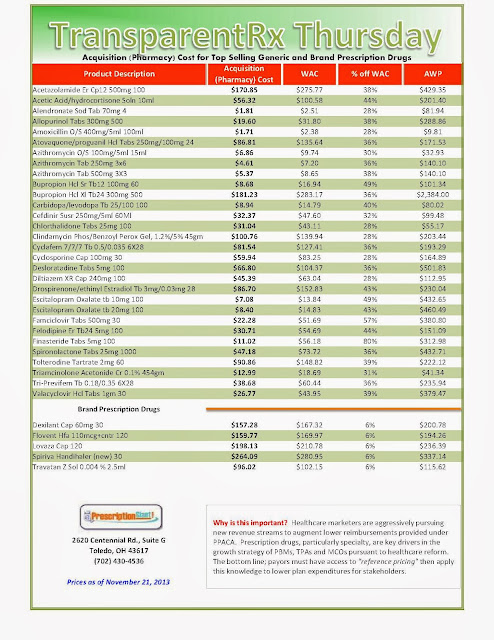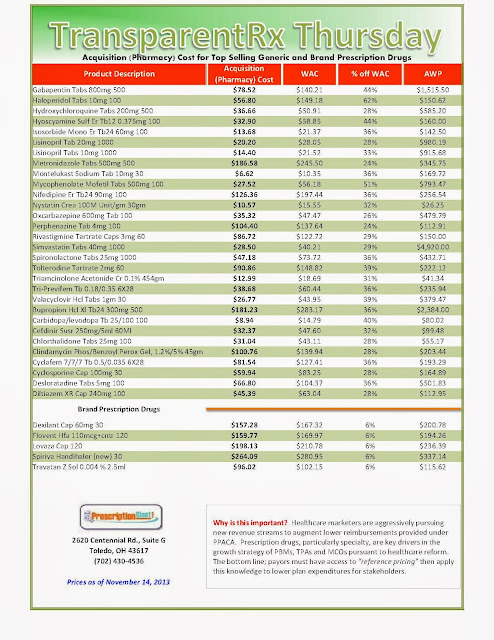Brokers (non-fiduciary)
- Must recommend “suitable” products, not necessarily best or least expensive
- Earn commissions or other transaction-based fees
Advisers (fiduciary)
- Must put clients interests before their own
- Most charge a fixed fee or percentage
Here is the definition of Fiduciary from
Wikipedia…
A fiduciary duty is a legal and/or ethical relationship of confidence or trust between two or more parties. Typically, a fiduciary prudently takes care of money for another person. One party, for example a corporate trust company or the trust department of a bank, acts in a fiduciary capacity to the other one, who for example has funds entrusted to it for investment.
In a fiduciary relationship, one person, in a position of vulnerability, justifiably vests confidence, good faith, reliance and trust in another whose aid, advice or protection is sought in some matter. In such a relation good conscience requires the fiduciary to act at all times for the sole and interest of the one who trusts.
A fiduciary is someone who has undertaken to act for and on behalf of another in a particular matter in circumstances which give rise to a relationship of trust and confidence. A fiduciary duty is the highest standard of care at either equity or law. A fiduciary is expected to be extremely loyal to the person to whom he owes the duty (the “principal”): he must not put his personal interests before the duty, and must not profit from his position as a fiduciary, unless the principal consents.
When a fiduciary duty is imposed, equity requires a different, arguably stricter, standard of behavior than the comparable tortious duty of care at common law. It is said the fiduciary has a duty not to be in a situation where personal interests and fiduciary duty conflict, a duty not to be in a situation where his fiduciary duty conflicts with another fiduciary duty, and a duty not to profit from his fiduciary position without knowledge and consent.
A fiduciary ideally would not have a conflict of interest. It has been said that fiduciaries must conduct themselves “at a level higher than that trodden by the crowd” and that “[t]he distinguishing or overriding duty of a fiduciary is the obligation of undivided loyalty.
I don’t completely understand why all self-insured plan sponsors don’t require pharmacy benefits managers to contractually obligate themselves to a fiduciary role; managers are too busy to investigate further, the C-suite isn’t aware of the potential cost savings, or maybe no one cares enough to make a change – all excuses. As healthcare costs continue to climb it is increasingly important for plan sponsors to hold themselves, brokers, consultants and PBMs more accountable.
I’ve spoken directly with hundreds of benefit personnel and am surprised by how little they actually know about pharmacy benefits. Brokers, consultants and plan sponsors must become experts in pharmacy benefit management. If you know little about a subject area, in which cash is exchanged, you will undoubtedly be taken advantage of and leave money on the table.
I have a friend who is very smart, but has a difficult time judging people and their intentions. I’ve always told her don’t give money to anyone asking for “spare change.” This past Christmas Eve we were leaving Kohl’s department store and a gentleman walked up to her, gas can in hand, and asked for money. He had been standing near an automobile appearing to pour gasoline into the tank. It’s Christmas Eve right?
No one would dare hustle her the day before Christmas, right? I’m shaking my head, having seen this scam many times, certain she was going to give him a buck or two. Low and behold as I’m loading gifts into the automobile she walks over and says, “it’s only a dollar.” By the time we get into the vehicle she looks out and sees the poor man’s vehicle still there, but he had vanished. It wasn’t his vehicle!
Now, I may have fallen for the same trick had it not been for a conversation I overheard by two “homeless” men. I had just left a business meeting in downtown Detroit when I overheard a man say to another, “How much money did you make today?” His reply, “I only made $80 and I almost got into a fight with a dude trying to take my spot next to the freeway.” I know what he did to make money because I had seen him there before. I thought he was really struggling but low and behold it was his job.
The point here is that companies are “hustled” out of their hard earned revenue by traditional PBMs with similar deceptions everyday. As Ronald Reagan once said, “trust, but verify.” In order to verify one must be well-informed and knowledgeable. Then once the knowledge is gained add an additional safety net by requiring your PBM to sign as a fiduciary.


_1.jpg)

.png)


_1.jpg)


_1.jpg)


_1.jpg)
